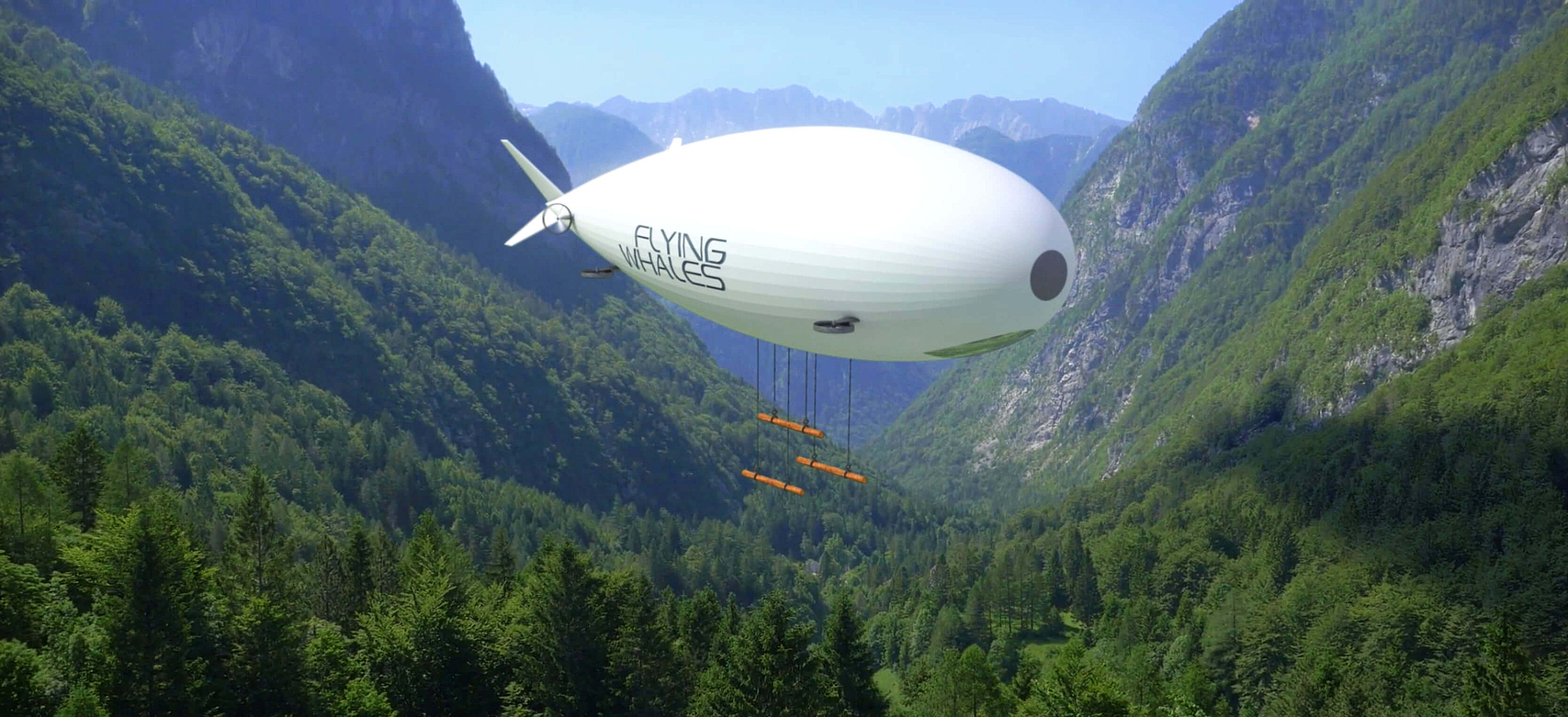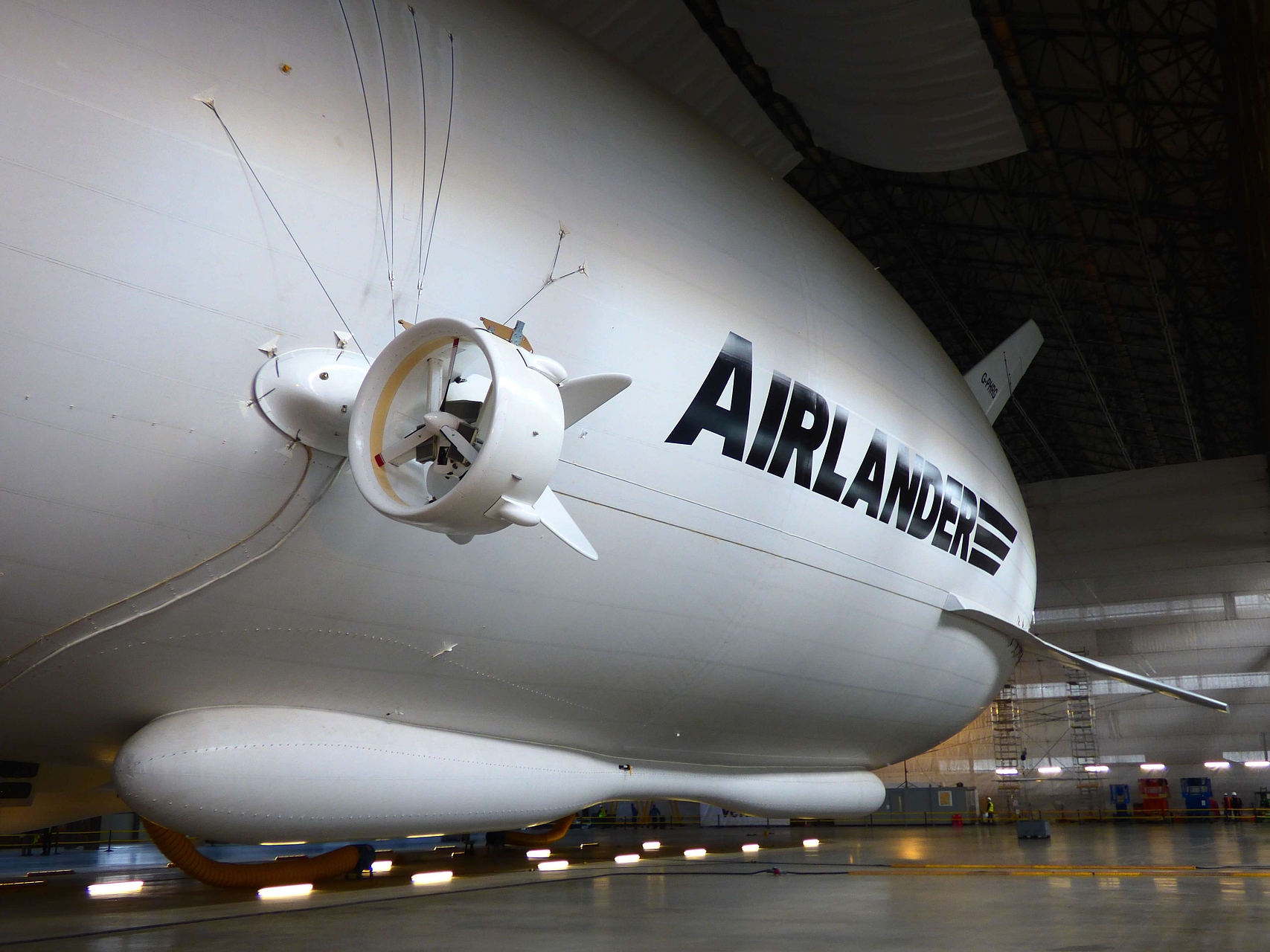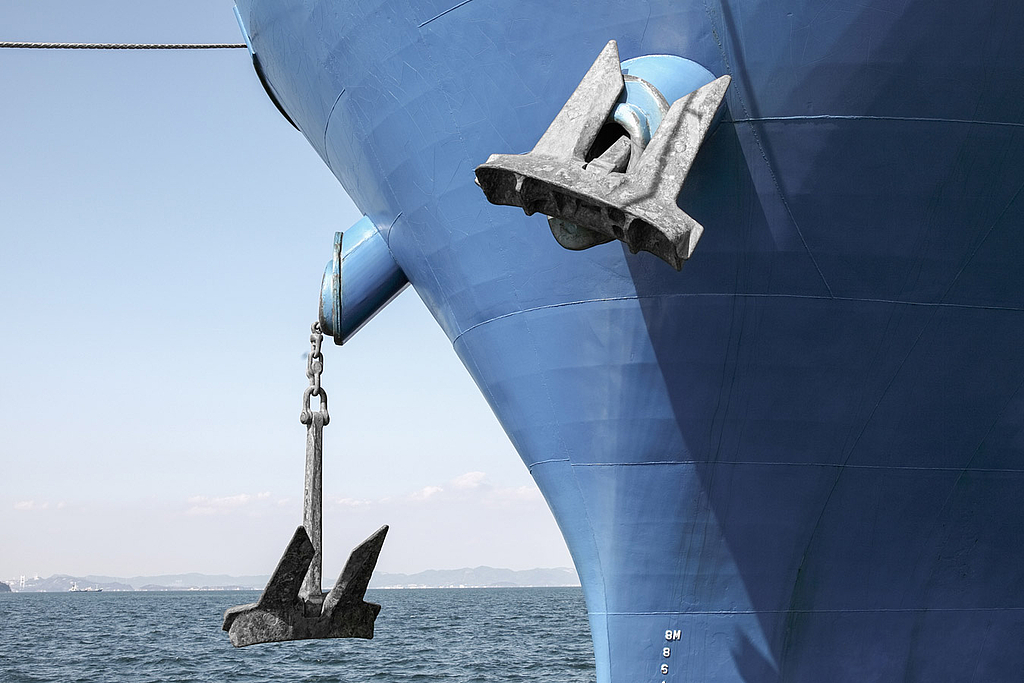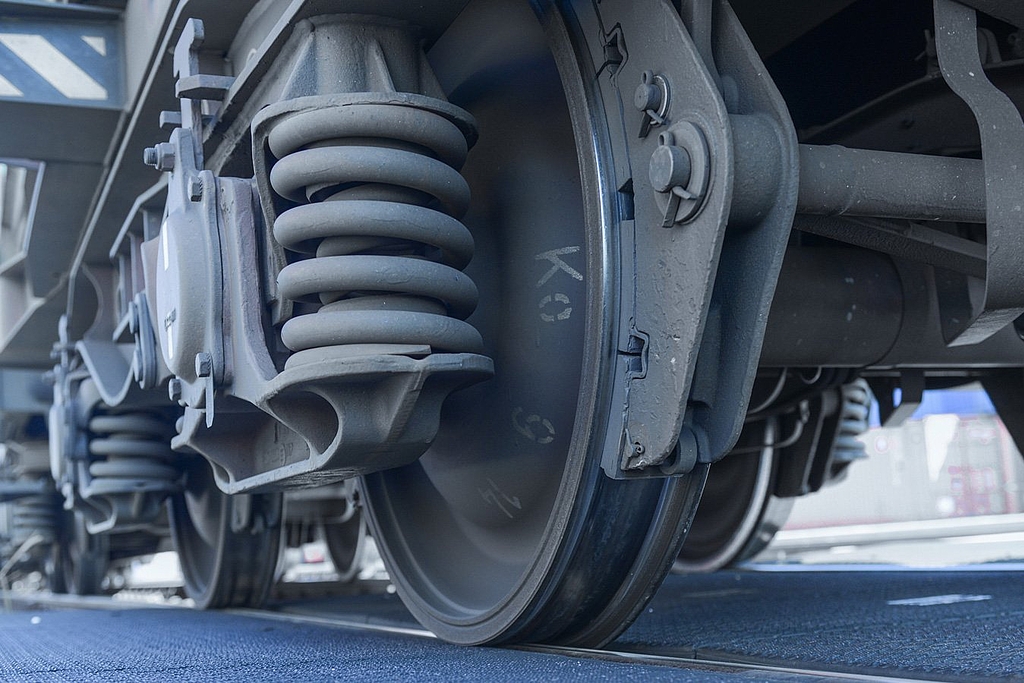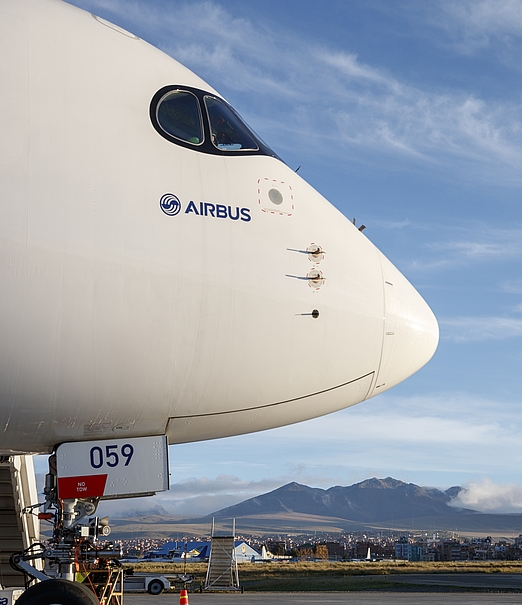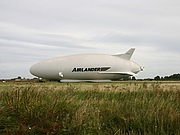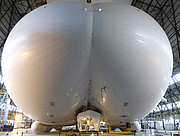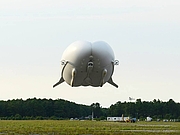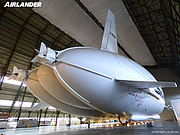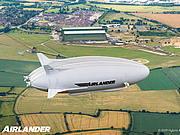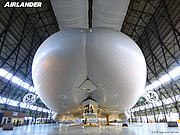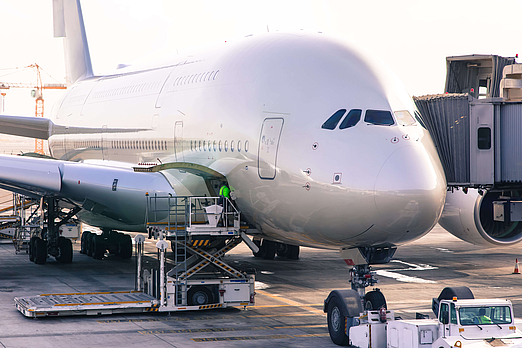Airships, flying bums and floating whales
Just a lot of hot air?
- Insights
After a series of crashes and other setbacks, airships lost the race against conventional airplanes. It has long been accepted that airplanes are the faster and more reliable of the two. Airplanes have been the obvious choice when it comes to transporting cargo too, but technological advances may now be key in the airship’s comeback as a cargo transporter, even if they’re being used in a different way. We took a look at two especially promising projects that are attracting quite a lot of attention.
